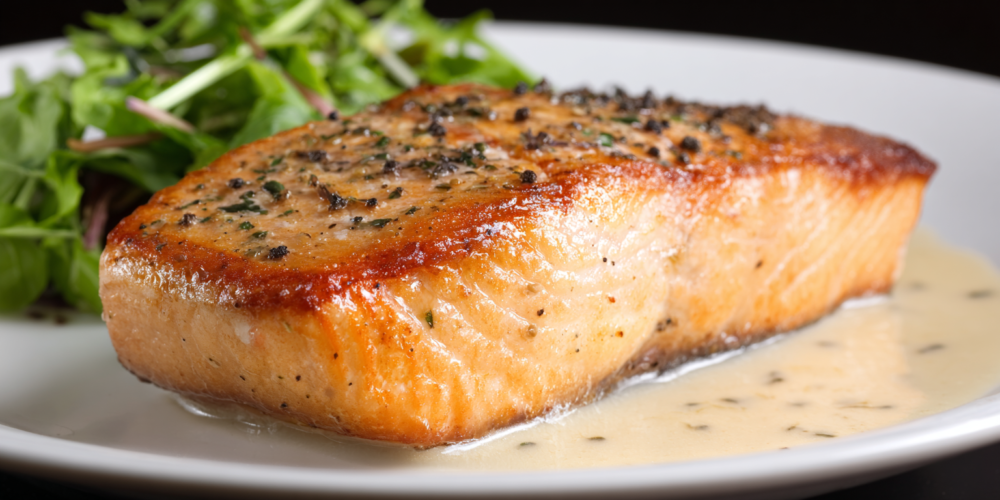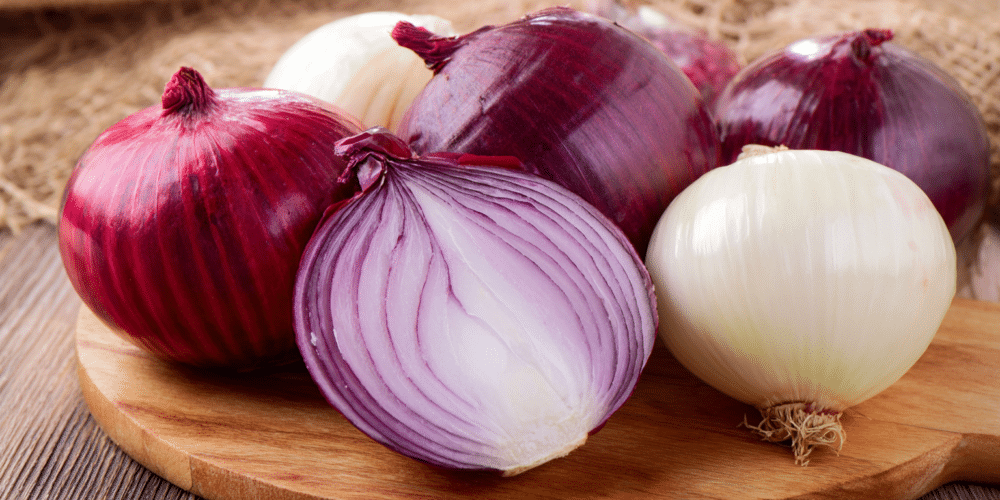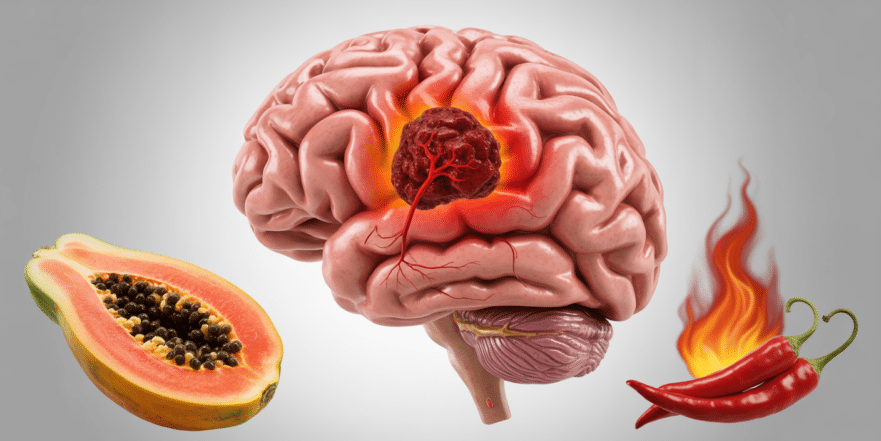6. Grapefruit

This tangy citrus fruit is a refreshing way to support your circulatory system. Grapefruit is loaded with powerful antioxidants, most notably naringin (which gives it its characteristic bitter taste) and vitamin C. Both of these compounds help prevent platelets from clumping together. Research has found that naringin can actually extend the time it takes for blood to clot and inhibits the process of fibrin polymerization—the final step in forming a solid clot. Vitamin C contributes by increasing nitric oxide levels, which helps keep platelets from becoming too reactive.
In addition to its anti-clotting properties, grapefruit has been shown to help lower cholesterol levels, which is another major win for your cardiovascular system by reducing the plaque that can narrow arteries and disrupt blood flow. Enjoying half a grapefruit for breakfast, drinking a glass of fresh grapefruit juice, or adding grapefruit segments to a salad are all easy ways to get its protective benefits. A quick note: grapefruit can interact with certain medications, including statins and blood thinners, so if you are on any prescription drugs, it’s essential to talk to your doctor or pharmacist.
5. Salmon

When we talk about heart-healthy fats, the omega-3 fatty acids found in fatty fish like salmon are at the top of the list. The two most powerful omega-3s are EPA (eicosapentaenoic acid) and DHA (docosahexaenoic acid), and they have profound anti-clotting effects on the body. They work by reducing the production of fibrinogen and making platelets less sticky and less likely to aggregate. Specifically, EPA and DHA get in the way of thromboxane A2 generation in the platelets, calming the entire clotting cascade.
Omega-3s also limit the ability of fibrinogen to bind to the surface of platelets, a critical step for a clot to become stable and strong. The benefits are so well-established that the American Heart Association officially recommends eating fatty fish like salmon, mackerel, herring, or sardines at least two times per week. This simple dietary habit can go a long way in preventing blocked arteries and reducing your risk of dangerous blood clots.
4. Papaya

This sweet, tropical fruit contains a unique and powerful enzyme called papain. While papain is most famous for its ability to aid in protein digestion, it also has significant benefits for your blood. Studies indicate that papain can prevent blood platelets from clumping together by suppressing the influx of calcium into the platelets and interfering with the binding activity of fibrinogen. By disrupting these key steps, papain helps keep your blood flowing smoothly.
By improving circulation and helping to digest dietary proteins more efficiently, papain contributes to overall health and reduces the burden on your vascular system. To take advantage of its anti-clotting properties, enjoy fresh papaya as part of your breakfast or as a refreshing midday snack. A sprinkle of lime juice not only enhances its flavor but also adds an extra dose of vitamin C.
3. Natto

This food might be new to many of you, but it’s worth getting to know. Natto is a traditional Japanese dish made from fermented soybeans. It has a very strong smell and a slimy, sticky texture that can take some getting used to, but its health benefits are truly extraordinary. Natto is the richest known food source of an enzyme called nattokinase. This enzyme is so powerful that it has potent fibrinolytic activity, which means it can directly dissolve and break down the fibrin mesh of existing blood clots.
While many of the other foods on this list are excellent at preventing clots from forming, nattokinase is unique in its proven ability to dismantle clots that are already there. Research shows it enhances your body’s own clot-busting mechanisms by activating a substance called plasminogen. Its effects are so profound that nattokinase is sold as a dietary supplement for cardiovascular health. If you’re adventurous, try introducing natto into your diet by mixing it with rice, eggs, or vegetables to balance its strong flavor.
2. Pineapple

Here’s another tropical fruit with a secret weapon against blood clots. Pineapple contains a powerful proteolytic enzyme (meaning it breaks down proteins) called bromelain. Bromelain boasts both anti-clotting and anti-inflammatory properties. It works by reducing the excessive production of fibrin and helping to clear away fibrinogen from the bloodstream before it can be used to form a clot. The enzymes in pineapple also contribute to better circulation by helping to clear away plaque and other debris from the walls of your blood vessels, ensuring a smoother pathway for blood to flow.
To get the benefits of bromelain, it’s best to consume fresh pineapple, as the canning process can destroy some of the active enzymes. Enjoying fresh pineapple in desserts, juices, or simply on its own is a delicious way to help protect yourself from problems stemming from blood clots.
1. Onions

Much like their cousin garlic, onions are a humble vegetable with impressive health benefits. Onions contain several anti-platelet compounds that inhibit blood clotting. The most notable is a flavonoid called quercetin, which limits the production of thromboxane in platelets. Onions also contain a compound called adenosine, which further helps prevent platelet aggregation. Together, these compounds make onions a great food for keeping your blood thin and flowing freely. Onions also help improve circulation by dilating blood vessels, allowing your blood to move without restriction.
To get the most potent protective effects, it’s best to consume onions raw, as cooking can diminish some of their beneficial compounds. Try adding thin slices of raw red or white onion to your salads, sandwiches, and tacos. A sprinkle of lime juice and salt on raw onion slices also makes for a traditional and healthy condiment in many cultures.
Conclusion
As you can see, your diet is one of the most powerful tools you have in your arsenal for maintaining excellent cardiovascular health. Unwanted blood clots can pose a serious threat, but you are not powerless against them. By consciously choosing to incorporate foods rich in natural anticoagulants and anti-inflammatory compounds—like the vibrant turmeric, zesty ginger, pungent garlic, and omega-3-packed salmon—you can actively support your body’s ability to prevent dangerous clots. These foods work by keeping platelets from becoming overly sticky, improving circulation, and reducing inflammation in your blood vessels. So, I encourage you to head to your kitchen and start making these 12 clot-busting foods a regular and delicious part of your meals. Your heart will thank you for it.

